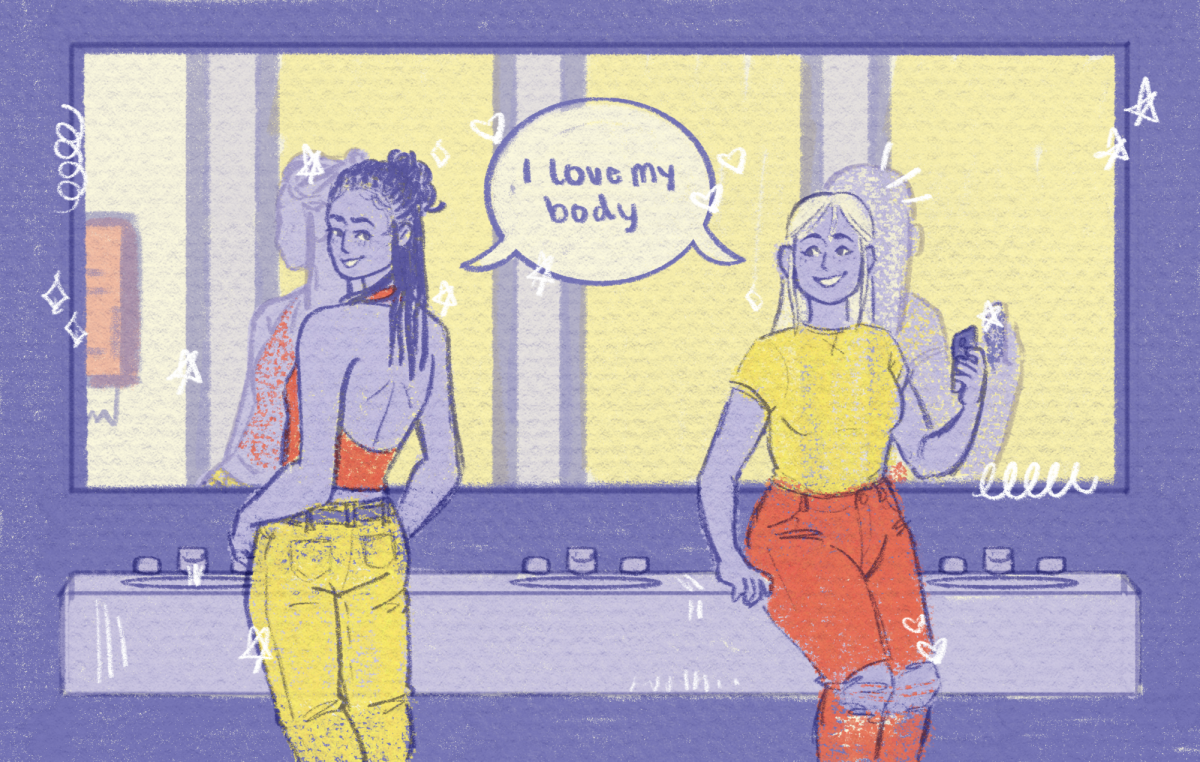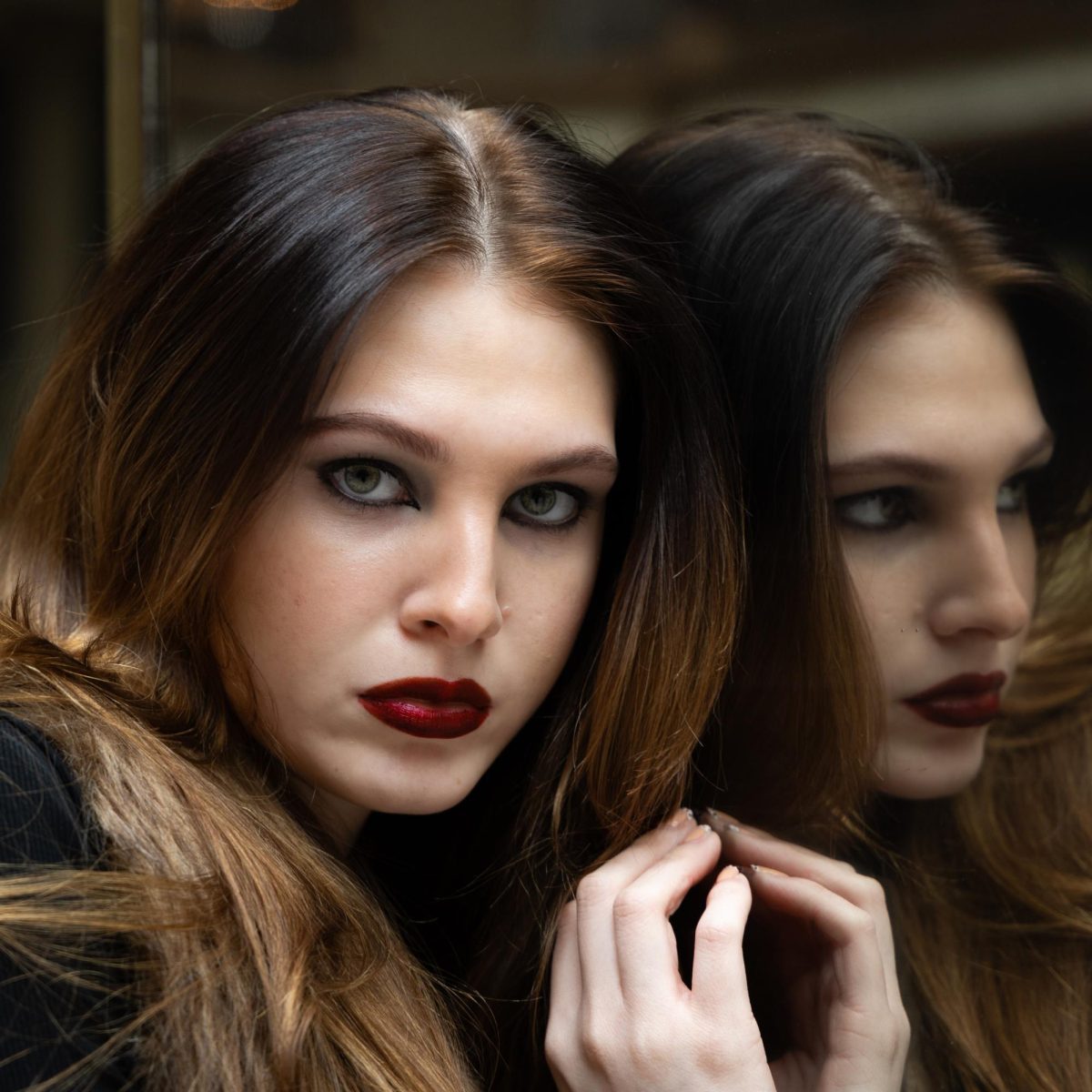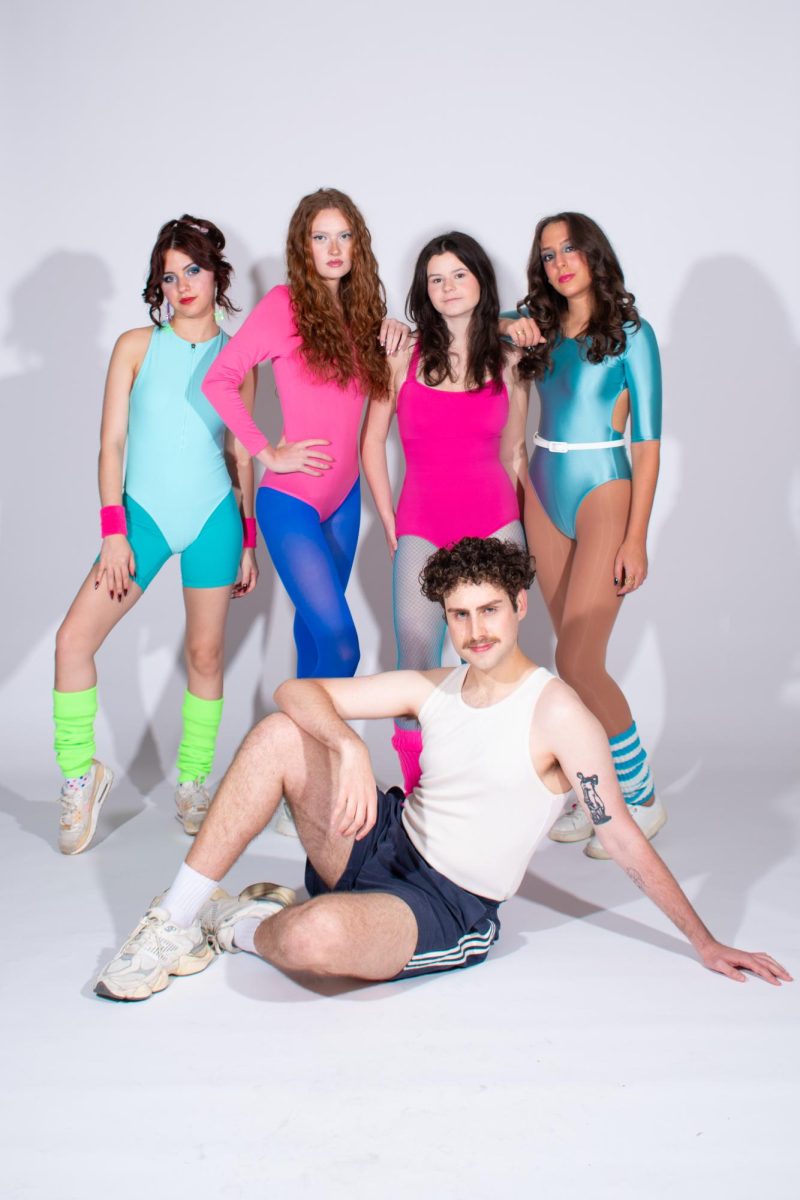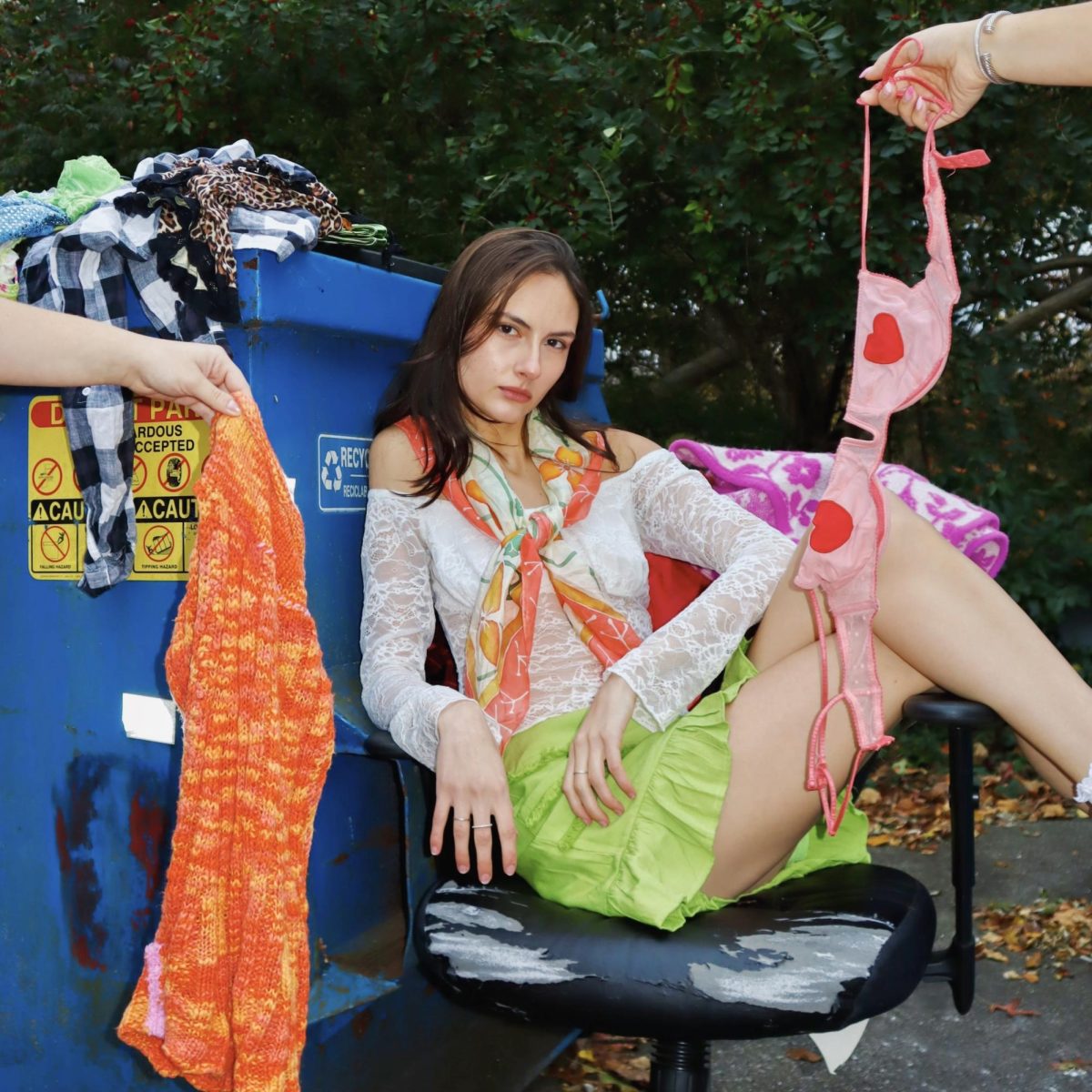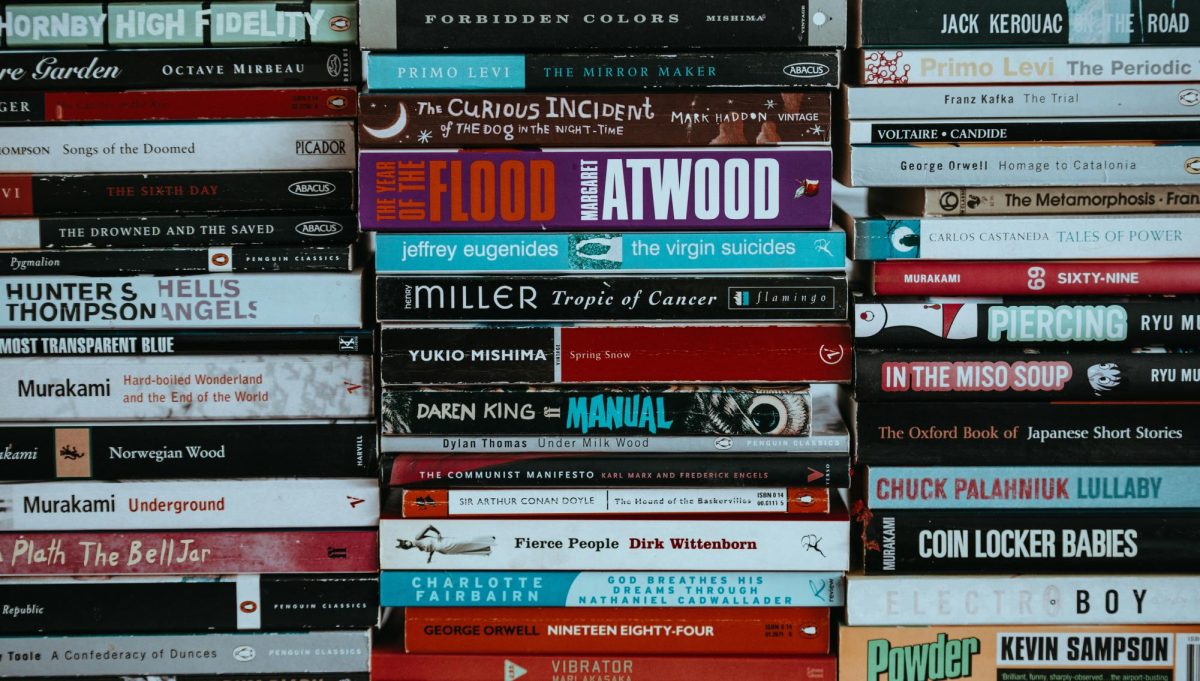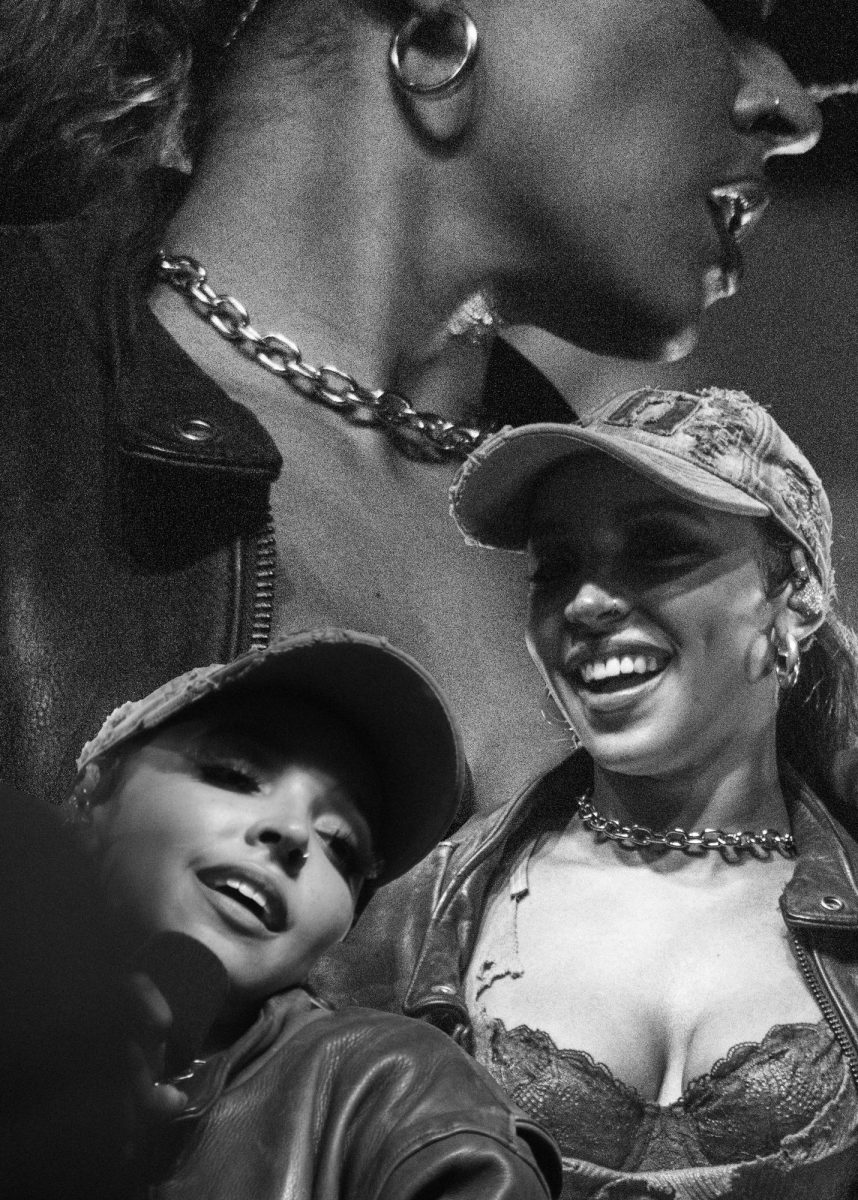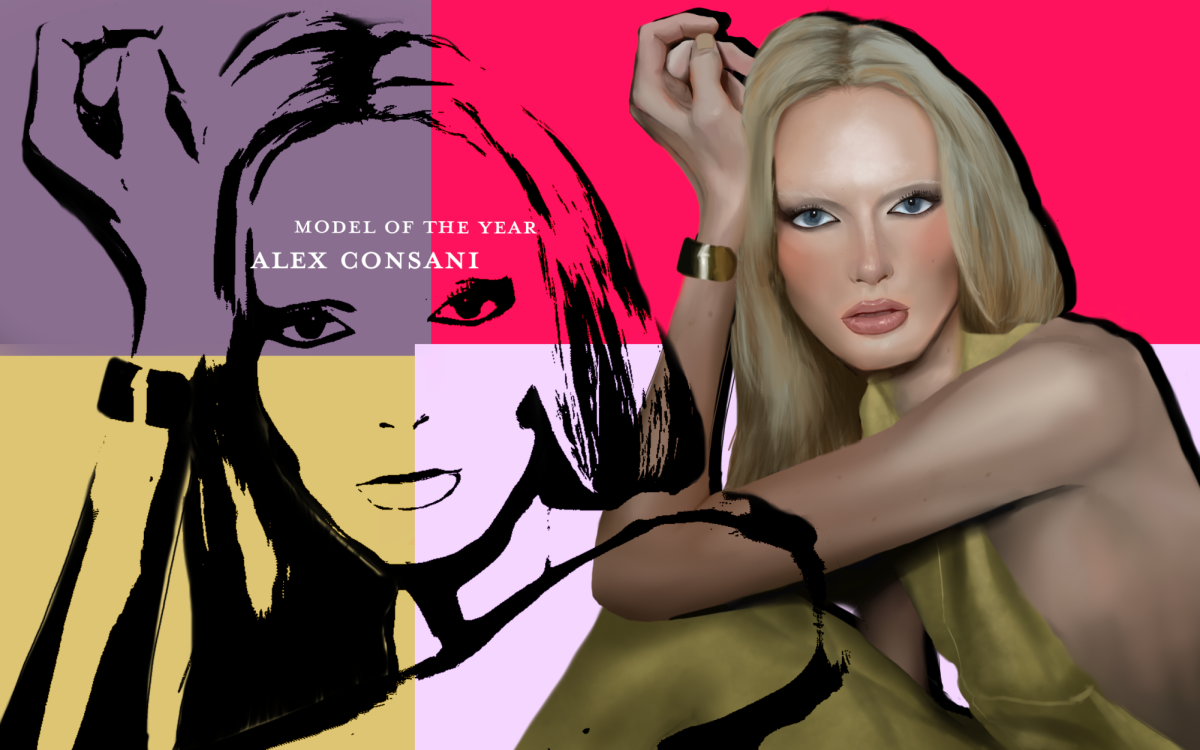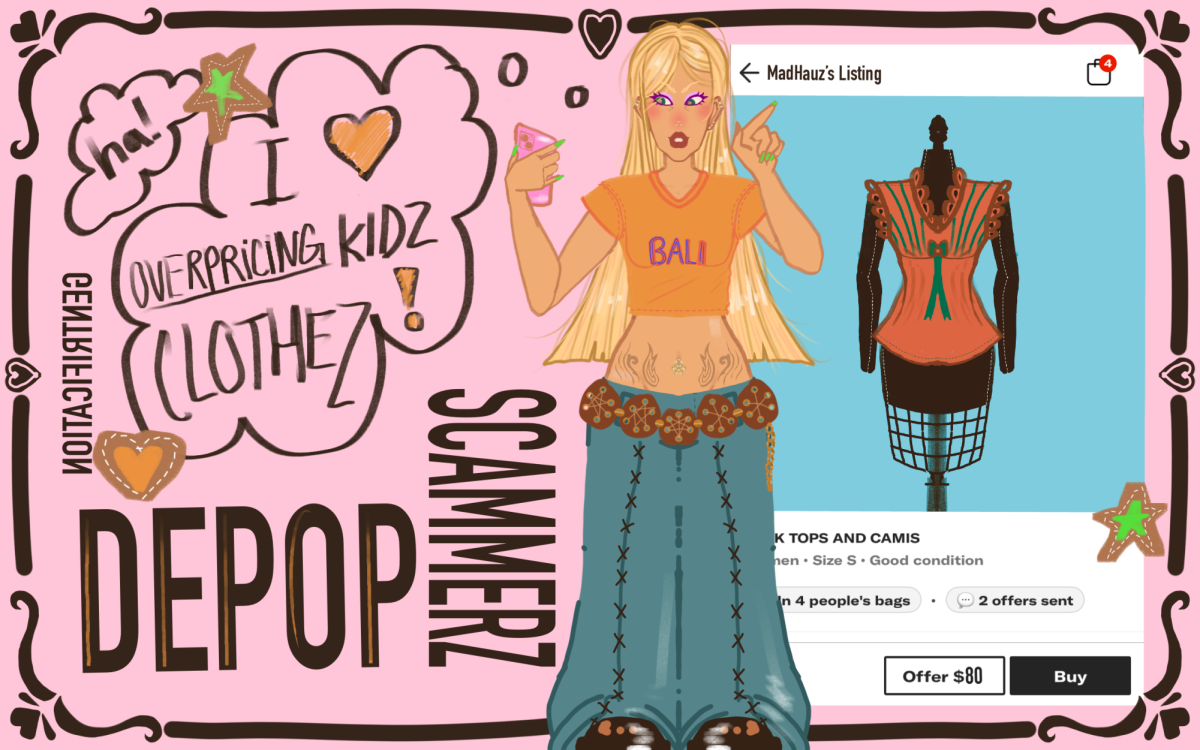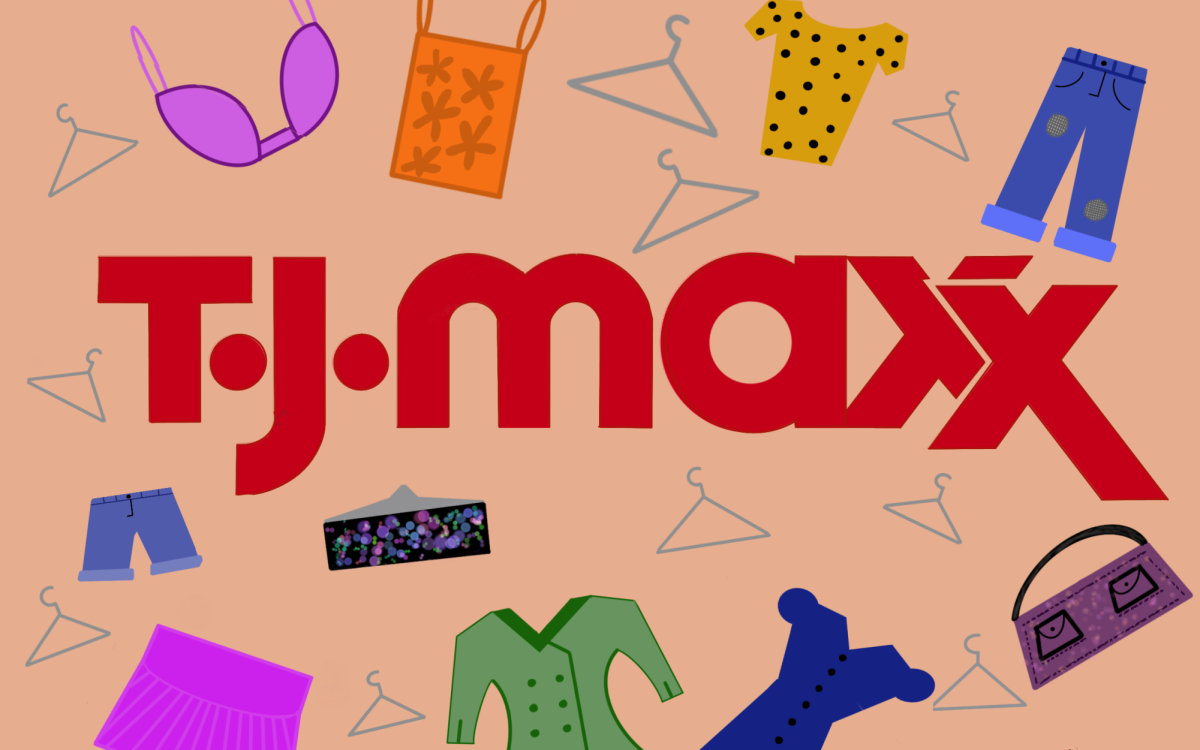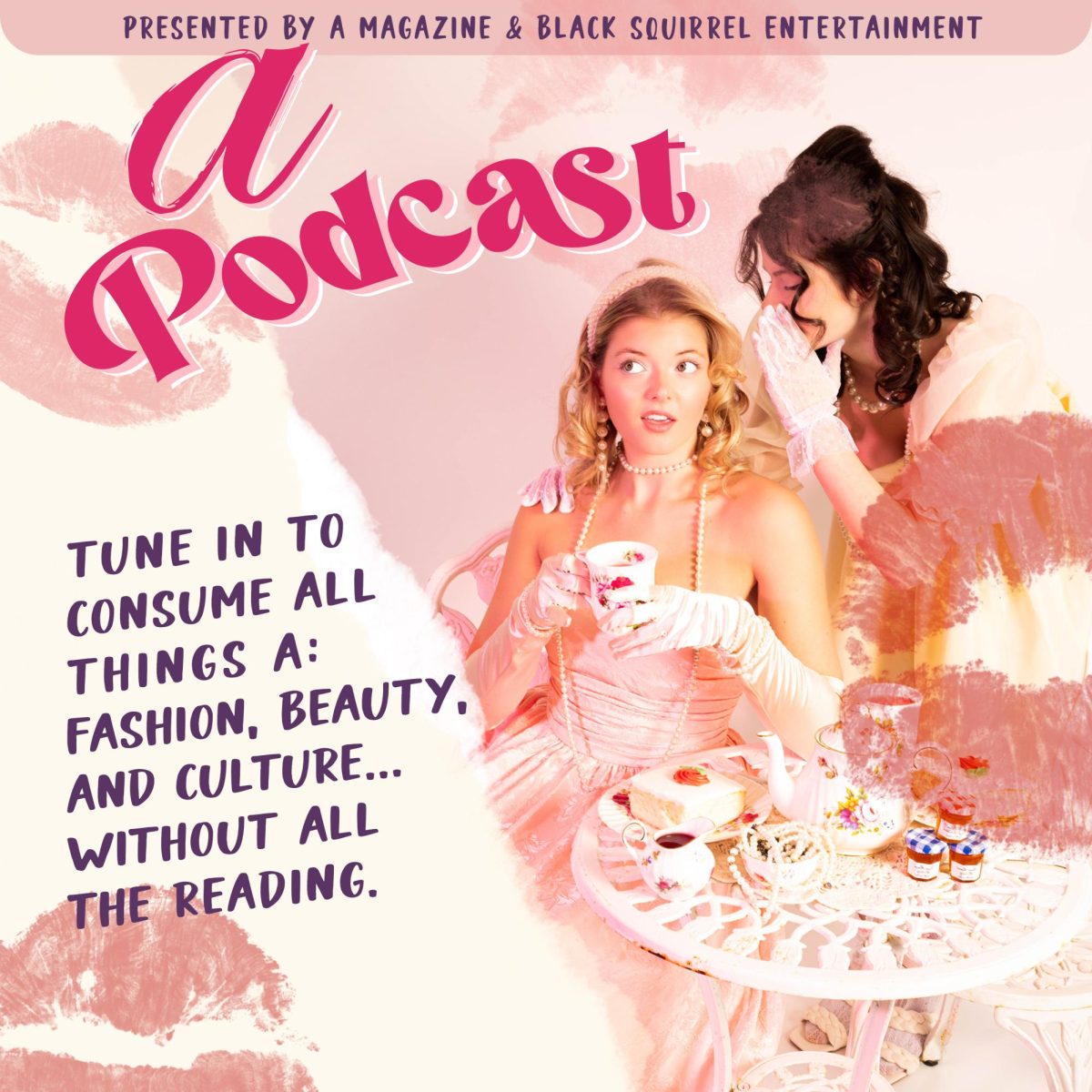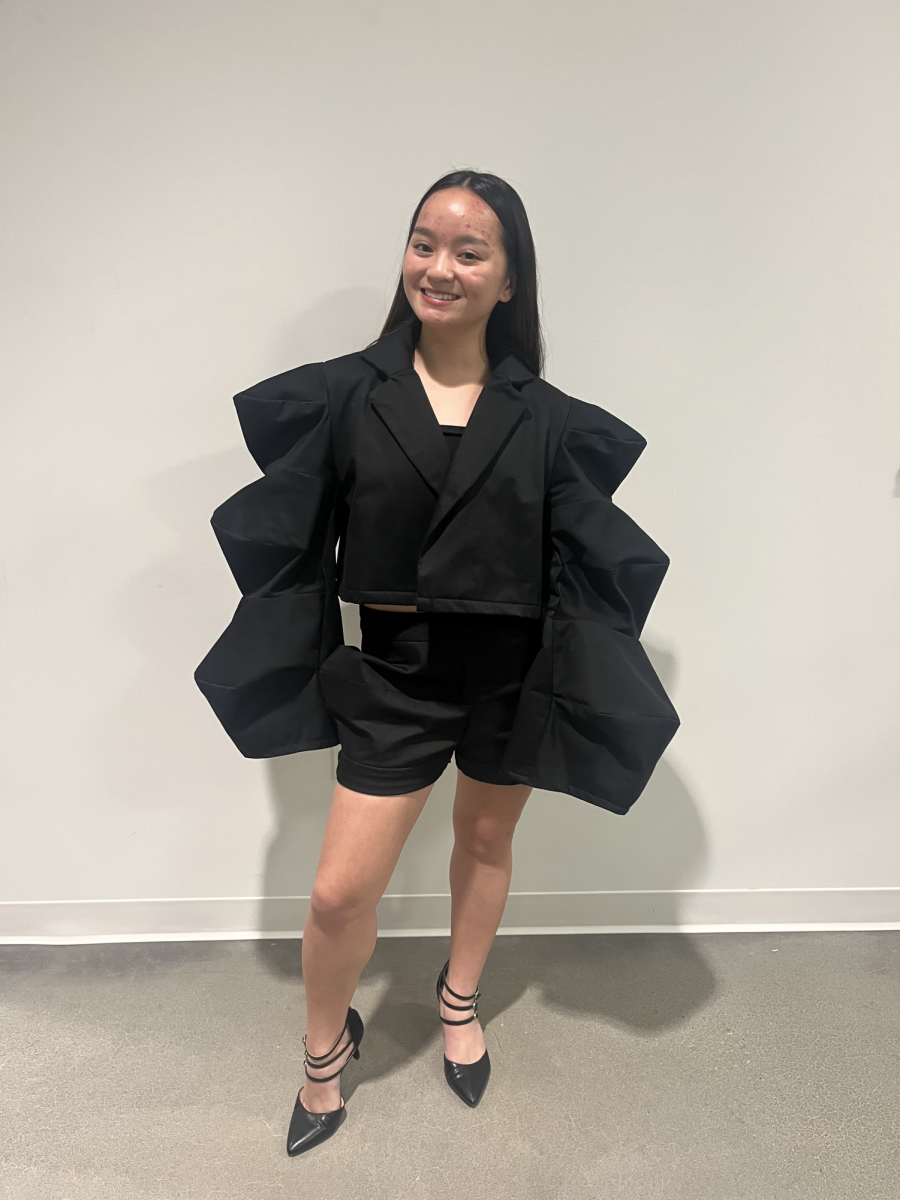In an age where social media promotes too many beauty standards for us to keep up with, it can take a lot to improve our self-esteem. Recent terms like “legging legs” have given people more reason to strive for something unattainable.
Our bodies help us function with our day-to-day tasks, and it can be hard for many people to attain love for their bodies. While body neutrality is the middle ground between positive and negative views on our bodies, can there be a middle ground between body neutrality and positivity?
Legging Legs, a short lived trend stemming from TikTok, has created new beauty standards for people to feel the need to achieve. Anyone has legging legs if you’re wearing leggings, but the trend determined you only have legging legs if they look a certain way while wearing the clothing. The #legginglegs has since been removed from the platform, but it reached people who could be vulnerable in their self-image. This is where body positivity and body neutrality can come in.
Body positivity does have its benefits. Its journey of promoting the message of “no matter the size you’re still beautiful,” initially was one that was making leaps and bounds of progress. In the late 1960s, the Fat Acceptance Movement began taking place. Now, years later with the rise of social media, there has been an influx of posts using hashtags around body positivity. Some influencers who promote body positivity in a well done way are: @brycemusic, @gracetutty and @olivia.kirkby.
Recently, there’s been backlash against body positivity, with individuals claiming the movement to be toxic and focusing solely on appearance. It can place too much pressure on people’s value of how they look, determining what’s a “good” versus a “bad” body.
Social Media has strayed the original body positivity movement away from its focus. While the fat acceptance movement in the late 1960s was to make bodies feel more inclusive with a diverse group of representation, the body positivity movement tends to focus on cis, white, able bodied women. Social Media continues to become more diverse every day but there’s still a focus on how the bodies and influencers look. This focus on appearance can still make the idea of loving your body harder to attain, and that’s where body neutrality comes in.
Body neutrality is the idea that you don’t have to love how your body looks, but you have to realize that your body is how you function and you need to take care of it. For people who can be highly critical of their body, this may help shift some of the thoughts away from the image and aesthetic of their body, towards how their body can help perform each day. The framework of sentences can shift from, “I love my body,” to “I appreciate that my body can do so many things for me.”
Body positivity and body neutrality can exist together, and can actually benefit from each other. If you need to feel uplifted about how your body looks, body positivity would be a good alley to go down. If you’re having a bad day with your body image, it’s okay to accept that and focus on body neutrality affirmations. There are few people who like the way they look at all times, but it’s better to be body neutral or body positive than negative about our bodies.
Support Student Media
Hi! I’m Annie Gleydura, A Magazine’s editor-in-chief. My staff and I are committed to bringing you the most important and entertaining news from the realms of fashion, beauty and culture. We are full-time students and hard-working journalists. While we get support from the student media fee and earned revenue such as advertising, both of those continue to decline. Your generous gift of any amount will help enhance our student experience as we grow into working professionals. Please go here to donate to A Magazine.

